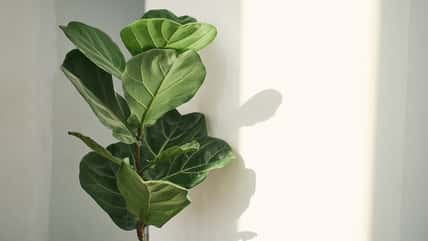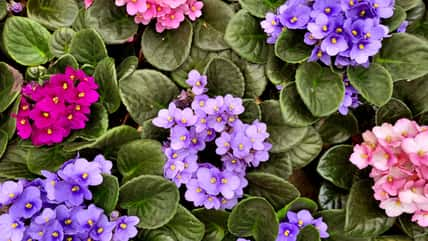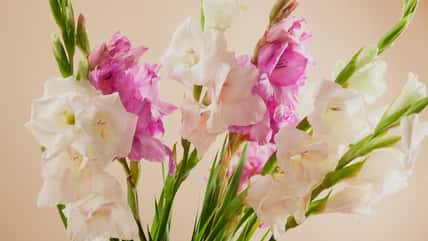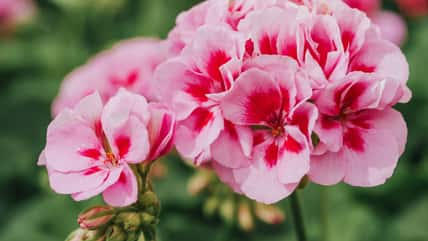With The Right Care, Coffee Plants Can Actually Thrive For Decades: Here’s How You Can Grow This Unique Plant In Your Very Own Home
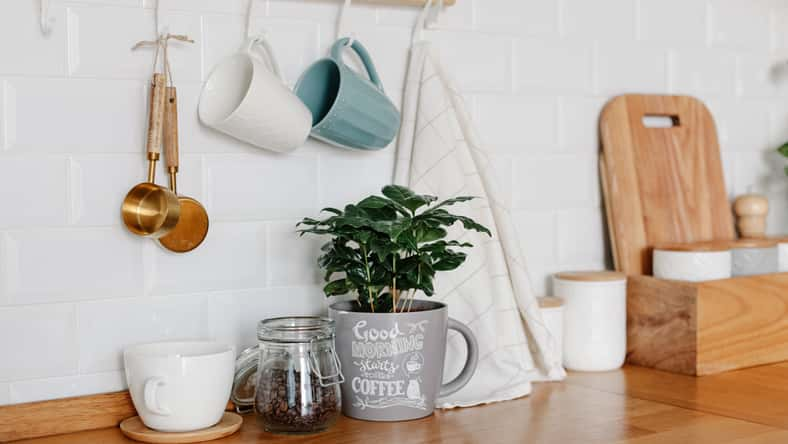
If you’re keen on adding a glossy green houseplant to your collection that’s a bit out of the ordinary, say hello to the coffee plant.
Not only do these plants have a unique charm, but with the right care, they can thrive indoors for decades. So, here’s exactly how you can grow and nurture your very own coffee plant.
Appearance And Benefits
Coffee plants, scientifically known as Coffea arabica, are famous for their glossy, dark green leaves and a sturdy, bush-like appearance.
They can actually grow up to 6 feet indoors, making them a stunning statement piece for your home or office.
But these plants are not just about looks. Instead, they are also natural air purifiers and add a refreshing touch of greenery to any space.
Caring For Your Coffee Plant
When it comes to nurturing your coffee plant, there are a few key aspects to keep in mind.
First, let’s talk about water. These plants love consistent moisture. So, it’s best to water them when the top inch of soil feels dry, but be wary of overdoing it. Overwatering can lead to root rot, as coffee plants don’t appreciate soggy feet.
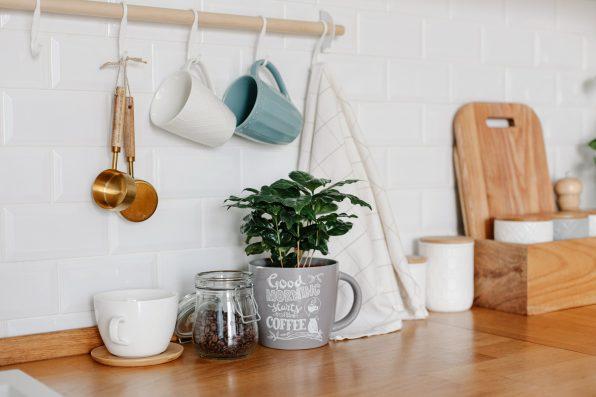
sweetlaniko – stock.adobe.com – illustrative purposes only
Regarding the soil, a well-draining mix is your best bet. You can choose a standard houseplant mix, but throwing in some perlite or sand can really help with drainage, which is crucial for these plants.
Light is another vital factor for your coffee plant’s well-being. They thrive in bright, indirect light.
A perfect spot would be near a window draped with a sheer curtain, providing just the right amount of sunlight without the harsh direct rays that can scorch their beautiful leaves.
But remember, too little light can be just as detrimental as too much, leading to stunted growth.
Temperature is another aspect to consider. Coffee plants are partial to warm environments, thriving best in temperatures ranging from 65-75°F (18-24°C). They’re not fans of the cold, so keep them away from drafty areas, especially during the winter months.
Fertilizing is the final piece of the puzzle. During the growing seasons of spring and summer, a balanced liquid fertilizer monthly will do wonders. However, in the fall and winter, when the plant’s growth naturally slows, it’s a good idea to cut back on feeding.
Pruning Your Coffee Plant
Pruning is also crucial for keeping your coffee plant healthy and manageable. So, you can trim back any dead or yellowing leaves and cut back any overly long branches to encourage bushier growth.
This not only keeps your plant looking tidy but also promotes better air circulation.
How To Get Your Coffee Plant To Bloom
To encourage blooming, which can lead to coffee berries, your plant actually needs to be a bit stressed.
This can be achieved by allowing the temperature to drop slightly in the winter and reducing watering.
However, flowering is rare in indoor conditions, so don’t be disheartened if your plant focuses more on leaf growth.
Common Coffee Plant Problems
Coffee plants can face several issues, like brown leaf tips, which usually indicate overwatering or dry indoor air. So, increasing humidity can help.
Pests like spider mites and mealybugs can also become an issue. You can treat these with insecticidal soap or neem oil.
Lastly, if your plant is not growing well, it could be due to low light or poor nutrition. So be sure to reassess its environment and feeding schedule.
If true crime defines your free time, this is for you: join Chip Chick’s True Crime Tribe
A Teacher At Her School Got Fired For Dating A Student And Eventually Got The Student Pregnant
Sign up for Chip Chick’s newsletter and get stories like this delivered to your inbox.
More About:Gardening

